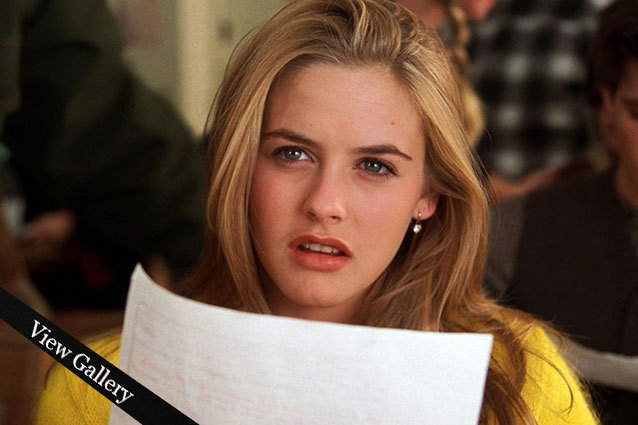A magnificent view of Fishtail, Annapurna and other Himalayan ranges from Pokhara.
Kari Post is an award winning photographer, compassionate educator, free spirited adventurer, and dedicated environmentalist. Driven by her love for the natural world, Kari has traveled extensively throughout the United States and beyond, exploring, photographing, and teaching about the environment. Her journeys have taken her from the the frigid summits of Mount Washington to the tropical rainforests of Costa Rica and across the United States by bicycle. Kari has spent more than one hundred nights sleeping in tents or camping under the open sky, and logged countless miles on trails and rivers by canoe, kayak, bike, or foot, accumulating tens of thousands of images in the process. She has more than a decade of experience teaching children and young adults, and earned a Master’s degree in Environmental Education, where her final project focused on using participatory photography as a tool to connect people to nature and teach them about the environment.
As a photographer, Kari’s goal is to use photography to engage people with nature, teach them about the environment, and inspire them to value and protect the natural world. Her photographs have been honored worldwide by the International Conservation Photography Awards, and she has worked and collaborated with a number of well respected photographers on various conservation and education projects. Kari is the editor of NatureScapes.Net and currently serves the North American Nature Photography Association (NANPA) as the New England Regional Ambassador and member of the College Scholarship Program Committee.
Hindu Sanyasi at Pashupatinath Temple.
Ms. Kari was on Photography FAM Tour to the different places of Nepal this February which was organized by Explore Himalaya Travel and Adventure. During the tour she explored Kathmandu, Chitwan National Park, Pokhara and even trekked to Poonhill. Explore Himalaya interviewed her on 21st February, the day before her departure regarding her FAM Tour.
EH: First of all, what do feel about Nepal, do you like Nepal?
Kari: I think Nepal is a wonderful country. It has lots of diversities, very beautiful culture, lot of history, incredible landscapes and the people here are very warm nice and friendly. It feels very safe to be here in Nepal. I must say Nepal is one of my favorite countries after this visit.
EH: As you are here for the Photography FAM Tour, do you really think your tour has become worthwhile?
Kari: Yes, absolutely. I have been able to see lots of things in very short period of time. I am kind of in love with Nepal and want to explore more of Nepal. This FAM Tour did a really nice job giving me a huge opportunity to get introduced to Nepal. It was very much worthwhile capturing the lots of very beautiful and diversified photographs in Nepal.
EH: As a visitor what is the best part you found in Nepal?
Kari: Do I have to pick one?
EH: No, I mean but yes!
Kari: I t is pretty hard, but I will go with Pokhara. Pokhara is a small city without hustles and bustles. I found Pokhara to be more expressible and the sceneries viewable from the city are extra-ordinary. The interesting people with interesting cultures and easy access to everything you need make Pokhara a great city. I also loved trekking as well. It was great to be with the nature during the trek. The landscapes on the trial were breathtaking. I enjoyed meeting the travelers along the way and the people of different villages. The culture in those villages was so different to the culture in cities.

Fog on a forest Trial in Pokhara
EH: In terms of Photography did the places you visited exactly meet your expectations?
Kari: Yes, every place I went I found totally different things. Culture and history in Kathmandu is so inspirational and artistic, I was impressed. The wildlife at Chitwan National Park is a great treasure. Pokhara is an ideal city naturally blessed and the landscapes and views during the trek are awesome. Overall, the diverse culture of Nepal is a worthwhile observation. In the photography perspective every places I visited were like the seas of pictorial affluence.
EH: Once you go back to your country, have you thought something about promoting the photography tours to Nepal?
Kari: Yes, the first I will do once I go back to my home is starting to research about the places I have explored during this tour. I will also research about the interesting places I missed out. Then I will come up with the potential workshop allowing the Americans to get access with the good photos of Nepal. Once this begins I am sure people will get interested towards Nepal. I am going back with the very positive perspective. I will share the photos and experience in Nepal with my friends and other travelers who are willing to travel to a new place.
EH: Do you think Nepal can be the next potential destination for photography tours to the American as well the other international visitors?
Kari: Yes, there are lots of people willing to photograph in the very new destination. Nepal has lots of natural and cultural charms. The landscapes and views are naturally photogenic .The country is full of diversities naturally and culturally. This is a wonderful land with very friendly and wonderful people. It is very easy to travel photographing. Together we need to work on letting the more visitors know about Nepal who are planning their vacations.
EH: Thank you so much for appreciating Nepal so much. Lastly how do define Nepal in one word?
Kari: Awesome.
EH: Thank you for sharing your experience with us. It was great talking to you.
Kari: It is my pleasure. Thank you so much for arranging such a lovely trip.

Canoes at Fewa Lake Pokhara
 We conclude the trip with a flight from Biratnagar to Kathmandu.
We conclude the trip with a flight from Biratnagar to Kathmandu. We conclude the trip with a flight from Biratnagar to Kathmandu.
We conclude the trip with a flight from Biratnagar to Kathmandu.
 Cannas not only feature pretty blossoms, but also beautiful leaves
(often likened to that of the banana plant) that come in a variety of stunning colors. Popularized in Victorian times, Cannas are popular
garden plants.
Cannas not only feature pretty blossoms, but also beautiful leaves
(often likened to that of the banana plant) that come in a variety of stunning colors. Popularized in Victorian times, Cannas are popular
garden plants.
 Growing high in the Rocky Mountains, the Colorado Columbine is a
welcome reward for the enterprising climbers of Colorado's
14,000-foot high mountains. Picking one in the wild carries a fine
($5-$50 depending on the Ranger who catches you)!
Growing high in the Rocky Mountains, the Colorado Columbine is a
welcome reward for the enterprising climbers of Colorado's
14,000-foot high mountains. Picking one in the wild carries a fine
($5-$50 depending on the Ranger who catches you)!





































